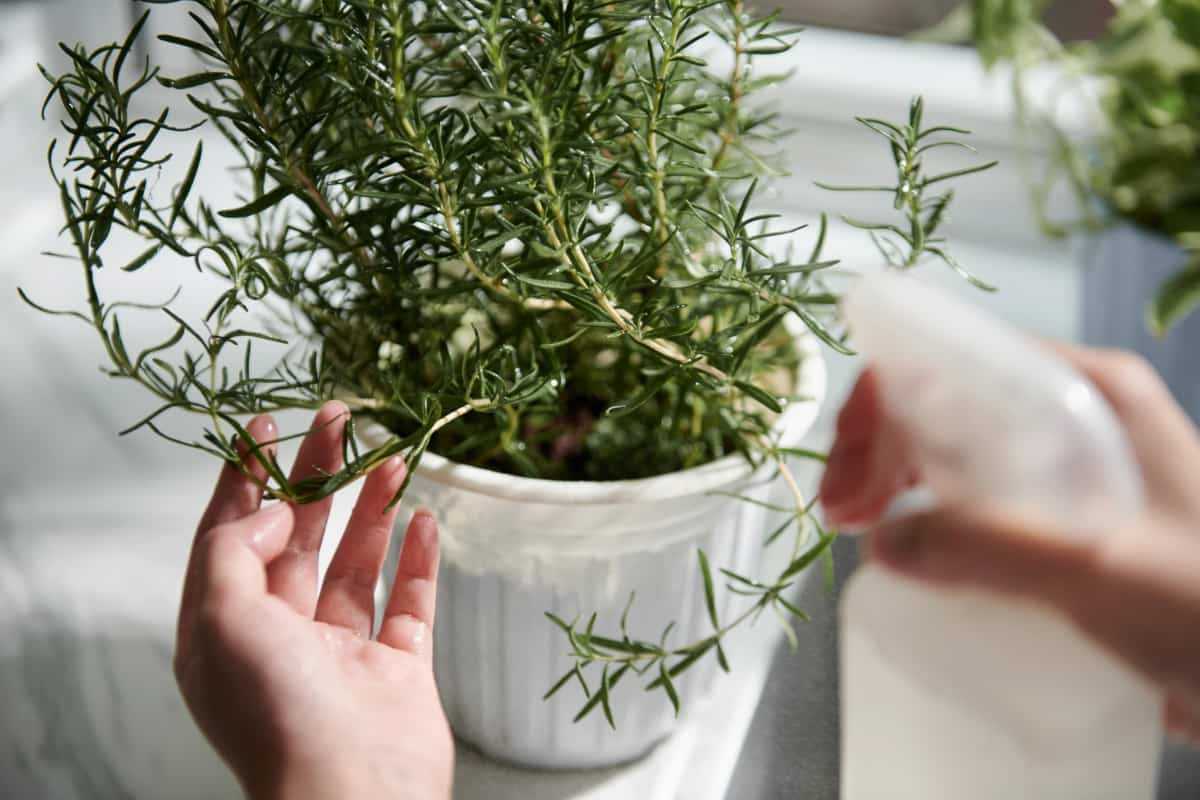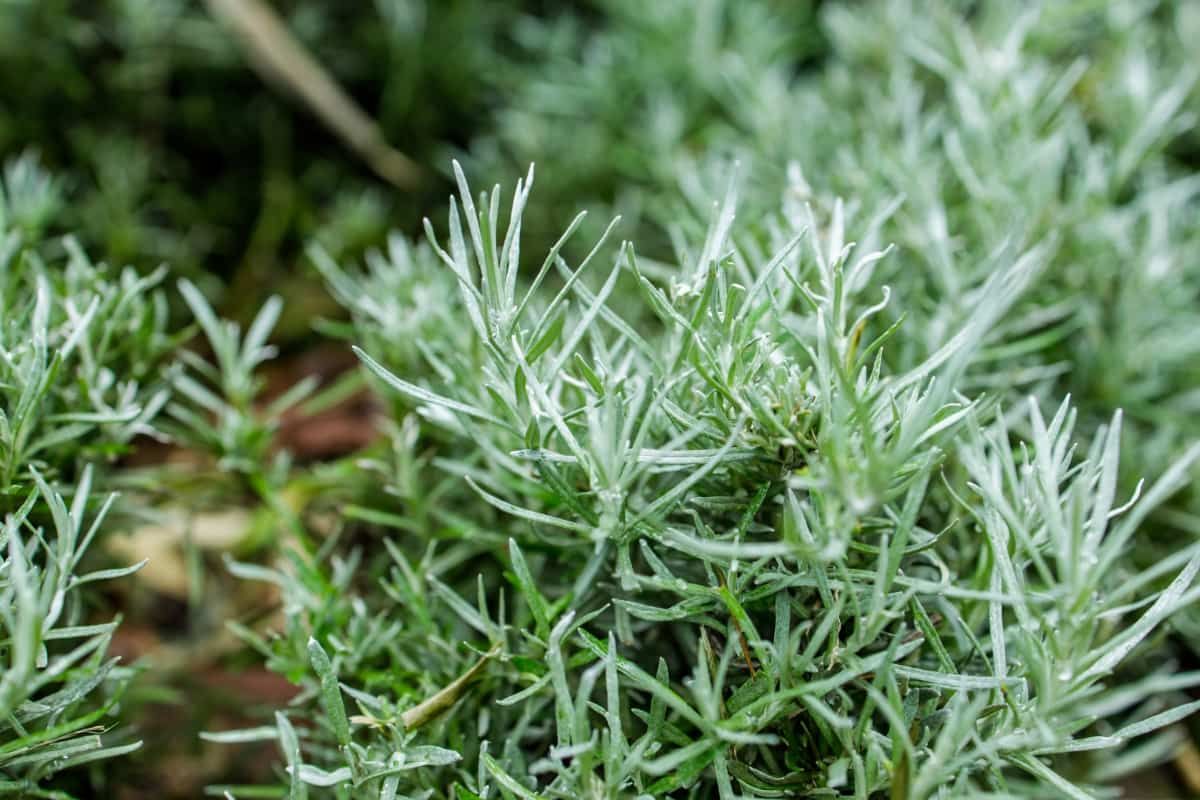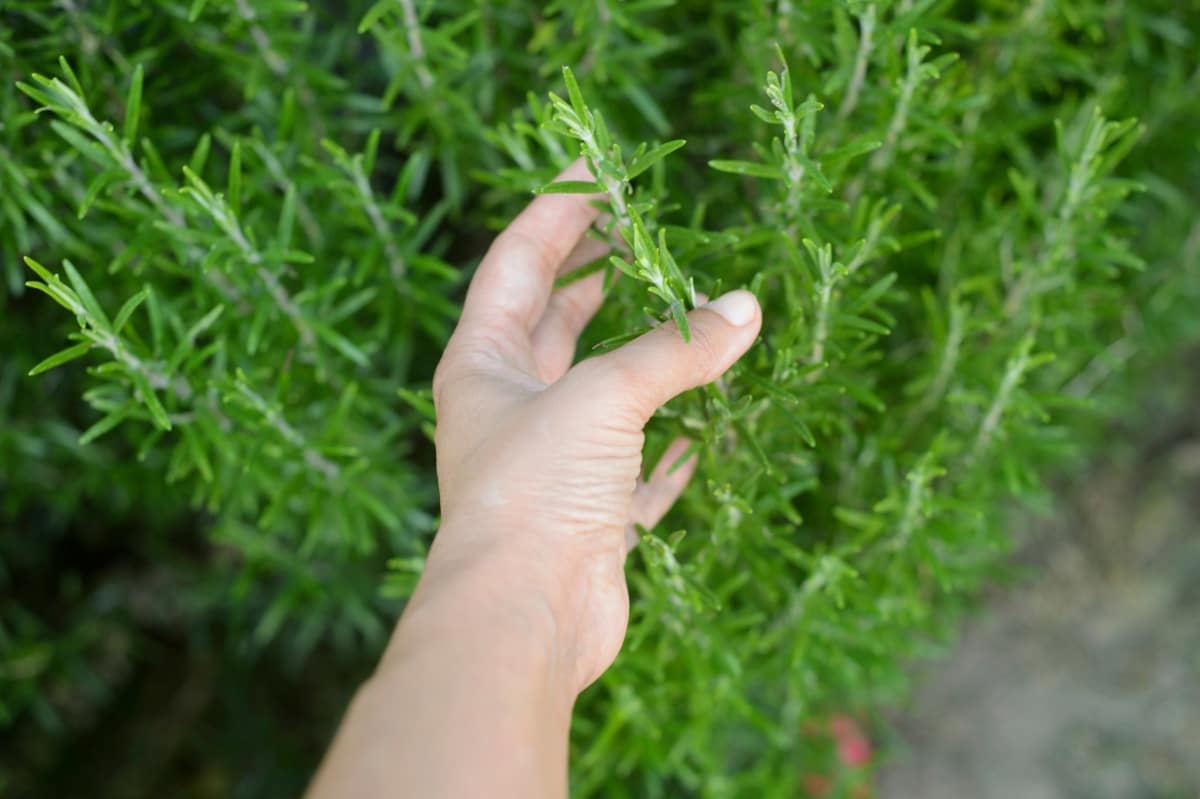Native to the Mediterranean, Rosemary (Rosmarinus officinalis) has become a favorite among home herb gardeners for its versatile culinary qualities. Its aromatic and pungent leaves are highly valued in fresh and dried forms, adding a distinctive piney flavor to various dishes.

How to Grow and Care for Organic Rosemary
Choosing the Best Organic Soil for Rosemary Cultivation
choosing the right soil is crucial for its successful cultivation. This aromatic herb thrives in well-drained loamy soil with a pH of 5.5 to 7.0. What type of soil is best for growing Rosemary? Loamy soil provides good drainage while also being able to retain enough moisture for the plant’s needs. To ensure your Rosemary plants get off to a healthy start, prepare the soil by incorporating organic matter. This will improve overall soil structure and fertility.
Step-By-Step Instructions for Growing Organic Rosemary Plants
Choose the Right Location – Find a sunny spot in your garden where your Rosemary plants can receive at least six hours of direct sunlight daily. Rosemary thrives in warm climates, so select a location that offers protection from cold winds and frost.
Prepare the Soil – Ensure you have well-draining soil for your Rosemary plants. Sandy or loamy soil works best as it prevents waterlogging and root rot.
Start Planting – If you’re starting Rosemary from seeds, sow them indoors about eight weeks before the last frost date. Transplant seedlings once they have grown strong roots. Alternatively, you can purchase young Rosemary plants from a local nursery. Dig holes slightly larger than your plant’s root ball and carefully place them into the ground. Space multiple plants about two feet apart for proper airflow and growth.
Watering – Established Rosemary plants are drought-tolerant but require regular watering until their roots grow deep enough to access moisture. Water deeply but infrequently, allowing the top layer of soil to dry out between watering.
Pruning for Optimal Growth – Regular pruning helps maintain an attractive shape and encourages new growth in Rosemary plants. Prune after flowering by cutting back up to one-third of the plant’s overall size, focusing on removing woody stems or damaged branches.
Harvesting – Harvest sprigs regularly throughout the growing season to prevent leggy growth and promote bushier foliage development.
Information About Growing Organic Rosemary
| Common Name | Rosemary |
| Family | Lamiaceae |
| Plant Type | Herb, perennial |
| Sun Exposure | Full sun |
| Soil Type | Sandy, loamy, well-drained |
| Soil pH | Acidic, neutral |
| Bloom Time | Spring, summer |
Natural Pest Control Methods for Organic Rosemary
Several natural pest control methods for Rosemary plants can help keep plants healthy and thriving without harmful chemicals. Encourage beneficial insects for boosting natural control methods, such as lacewings and ladybugs, to make their home in your garden. These insects feed on common Rosemary pests like aphids and spider mites, helping to keep their populations in check. Another effective method is companion planting. Planting garlic or marigolds near your Rosemary can repel pests like nematodes and whiteflies.
In case you missed it: Frequently Asked Questions About Rosemary Farming

Additionally, intercropping with herbs such as sage or thyme can confuse pesky insects by disrupting their scent trails. Regularly inspecting your plants is also crucial in preventing pest infestations from spreading. By catching any signs of trouble early on, you can immediately act before it becomes a major problem. Consider using organic insecticidal soaps or neem oil sprays if necessary. These options are derived from natural sources and pose less risk to beneficial insects while effectively controlling pests.
Organic Fertilizers for Promoting Healthy Rosemary Growth
One popular organic fertilizer for Rosemary is compost. It is rich in organic matter and helps improve soil structure while providing essential nutrients. You can make your compost by collecting kitchen scraps, yard waste, and other organic materials. Layer them in a compost bin and let nature do its magic. Another fertilizer is using well-rotted manure as an organic fertilizer.
Manure adds nutrients such as nitrogen, phosphorus, and potassium to the soil, which are vital for Rosemary’s overall health and development. To avoid contamination, source manure from herbivores like cows or horses rather than carnivores like cats or dogs. Fish emulsion is another organic fertilizer choice, and it’s made by combining fish waste with water and allowing it to ferment.
Fish emulsion balances macronutrients (nitrogen, phosphorus, potassium) and trace elements, contributing to robust growth. Seaweed extracts are also beneficial for promoting healthy Rosemary growth organically. Seaweed contains natural hormones known as cytokinins that stimulate root development and enhance plant nutrient uptake.
Proper Watering Schedule for Organic Rosemary Plants
How do you keep Rosemary plants healthy? Proper watering is important for the health and growth of organic Rosemary plants. These aromatic herbs thrive in well-draining soil, so it’s important to balance keeping them hydrated and avoiding waterlogged roots. Aim to provide a deep soak once or twice weekly during dry spells or hot weather.
This ensures that the roots receive enough moisture without drowning them. Remember, Rosemary, prefers slightly drier conditions compared to other herbs. Avoid overwatering the Rosemary plant, leading to root rot and other issues. In addition to regular watering, consider mulching around the base of your Rosemary plants.
Preventing Diseases and Common Issues in Organic Rosemary Cultivation
One of the most common problems for growing Rosemary plants is root rot caused by overwatering or poorly draining soil. To prevent this, plant your Rosemary in well-drained loamy soil and avoid excessive watering. Another issue that can affect organic Rosemary cultivation is powdery mildew. This fungal disease manifests as a white powdery substance on the leaves, inhibiting their growth and overall health. To prevent powdery mildew, ensure proper air circulation around your plants by spacing them apart.
In case you missed it: How to Grow Rosemary from Cuttings: A Complete Planting Guide

Rosemary plants are also susceptible to pest infestations like aphids and spider mites. However, there are natural pest control methods you can employ to keep these critters away from your precious Rosemary. Additionally, regularly inspecting your plants for any signs of disease or pest infestation is crucial in preventing larger outbreaks.
Promptly remove any affected leaves or branches to stop the spread of diseases. By proactively preventing diseases and promptly addressing common issues, you can ensure the longevity and productivity of your organic Rosemary plants without relying on harsh chemicals or pesticides.
Companion Plants for Organic Rosemary and Their Benefits
Sage – These herbs have similar soil and water requirements, making them ideal companions in the garden. Plus, they repel certain pests like cabbage worms and carrot flies, helping protect each other from potential damage.
Thyme – Together, these aromatic herbs form a beautiful trio that adds visual interest and enhances each other’s flavors when cooking.
Marigolds – These are another fantastic choice as companion plants for your organic Rosemary plants. Not only do Marigolds attract pollinators like bees, which will benefit all nearby plants, but they also repel harmful insects such as aphids and nematodes.
Lavender – It makes an excellent companion plant for Rosemary due to its shared preference for well-drained soil conditions. Additionally, Lavender attracts beneficial insects like bees and butterflies while deterring pests like moths.
Harvesting and Preserving Organic Rosemary Leaves
Harvesting organic Rosemary leaves is crucial in enjoying this versatile herb’s flavor and aroma. You want to wait until your Rosemary plant reaches 6-8 inches in height before snipping off any sprigs. This ensures that the plant has grown enough to sustain itself while still providing you with an abundant harvest.
To harvest Rosemary, cut the stems just above a leaf node or joint, and take a sharp pair of garden shears. This encourages new growth and helps maintain the shape of the plant. Remember not to remove more than one-third of the plant’s foliage at once, as this could weaken it.
In case you missed it: Hydroponic Rosemary Farming in a Greenhouse: Key Rules to Start from Scratch

Once you’ve collected your fresh Rosemary sprigs, several methods for preserving Rosemary. One popular option is air drying –tie small bunches of Rosemary together with twine and hang them upside down in a dry area out of direct sunlight. Your leaves will be crisp and ready for use within a few weeks. Another method is freezing: strip the leaves from their stems and place them in freezer bags or ice cube trays filled with water or olive oil for easy portioning later.
Conclusion
Rosemary is a hardy herb that requires minimal care, making it an ideal addition to any herb garden. With its captivating fragrance and delightful flavor, this versatile herb is a must-have for any herb garden.
- Ultimate Guide to Ossabaw Island Hog: Breeding, Raising, Diet, and Care
- Ultimate Guide to Juliana Pig: Raising Facts, Size, Diet, Care, and Lifespan
- Raising Lleyn Sheep: Disadvantages, Price, Uses, Characteristics, and Care
- Ultimate Guide to Meishan Pig: Breed Facts, Breeding, Raising, and Care
- Ultimate Guide to Teacup Pigs: Raising, Diet, Lifespan, Cost, and Care
- Guide to Raising Poll Dorset Sheep: Facts, Profile, Characteristics, Uses, and Care
- Ultimate Guide to Bighorn Sheep: Characteristics, Diet, Lifespan, Breeding, and Lifecycle
- Ultimate Guide to Raising Katahdin Sheep: Farming Facts, Breed Profile, Uses, and Care
- Ultimate Guide to Raising Oreo Cows: Belted Galloways Farming Facts, Profile, Uses, and Care